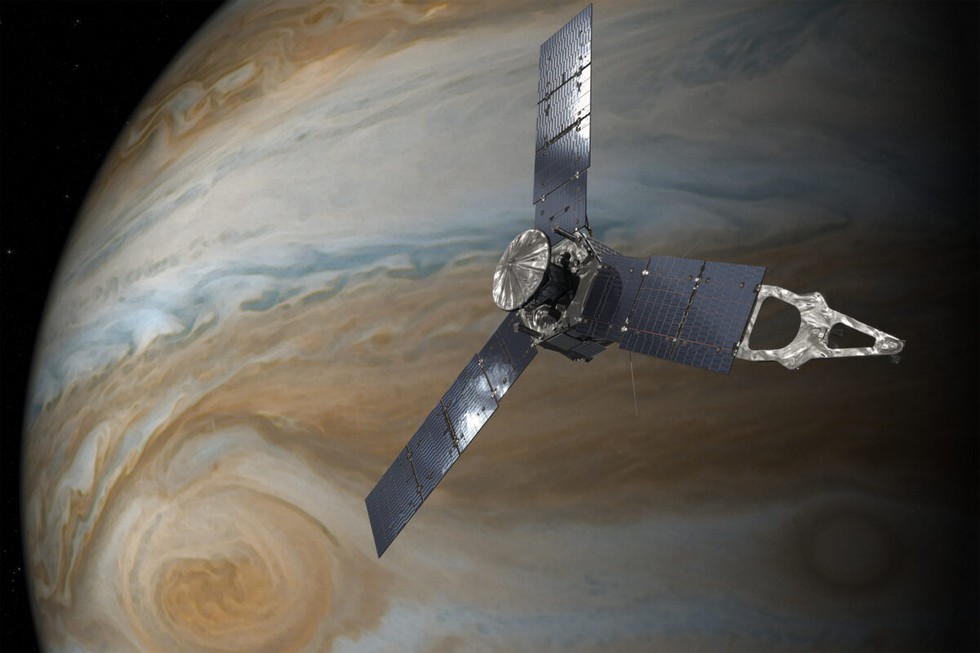Recent findings from NASA’s Juno probe, particularly from its Jovian Infrared Auroral Mapper (JIRAM) instrument, have significantly enhanced our understanding of Io’s volcanic landscape.
Discoveries
- Detection of Lava Lakes
- JIRAM’s infrared capabilities have revealed widespread lava lakes across Io’s surface.
- Approximately 3% of Io’s surface is covered by these molten lava lakes contained within caldera-like features.
- Volcanic Processes
- Io, influenced by gravitational forces from neighboring moons and Jupiter, exhibits intense volcanic activity.
- JIRAM observations suggest a predominant volcanic activity type involving cyclic magma upwelling forming large lava lakes.
- Structural Insights
- Detailed infrared images show distinct features like lava rings surrounding the lakes, formed by lava crust breaking against the lake walls.
- The walls of these lava lakes can reach hundreds of meters in height, containing the magma within the caldera.
Implications and Further Research
- The data implies a dynamic interaction between surface lava flows and subsurface magma circulation.
- Ongoing analysis of JIRAM data promises deeper insights into Io’s volcanic dynamics, especially with upcoming flybys.
Multiple Choice Questions (MCQs) with Answers:
- What is the primary contribution of Juno’s JIRAM instrument to Io’s study?
- A) Mapping surface topography
- B) Studying atmospheric composition
- C) Detecting infrared emissions
- D) Analyzing magnetic fields
- Answer: C) Detecting infrared emissions
- What percentage of Io’s surface is estimated to be covered by lava lakes based on JIRAM data?
- A) 1%
- B) 2%
- C) 3%
- D) 4%
- Answer: C) 3%
- What do the lava rings observed by JIRAM around Io’s lava lakes indicate?
- A) Rapid magma cooling
- B) Surface erosion
- C) Magma upwelling and lake dynamics
- D) Crustal plate movements
- Answer: C) Magma upwelling and lake dynamics
